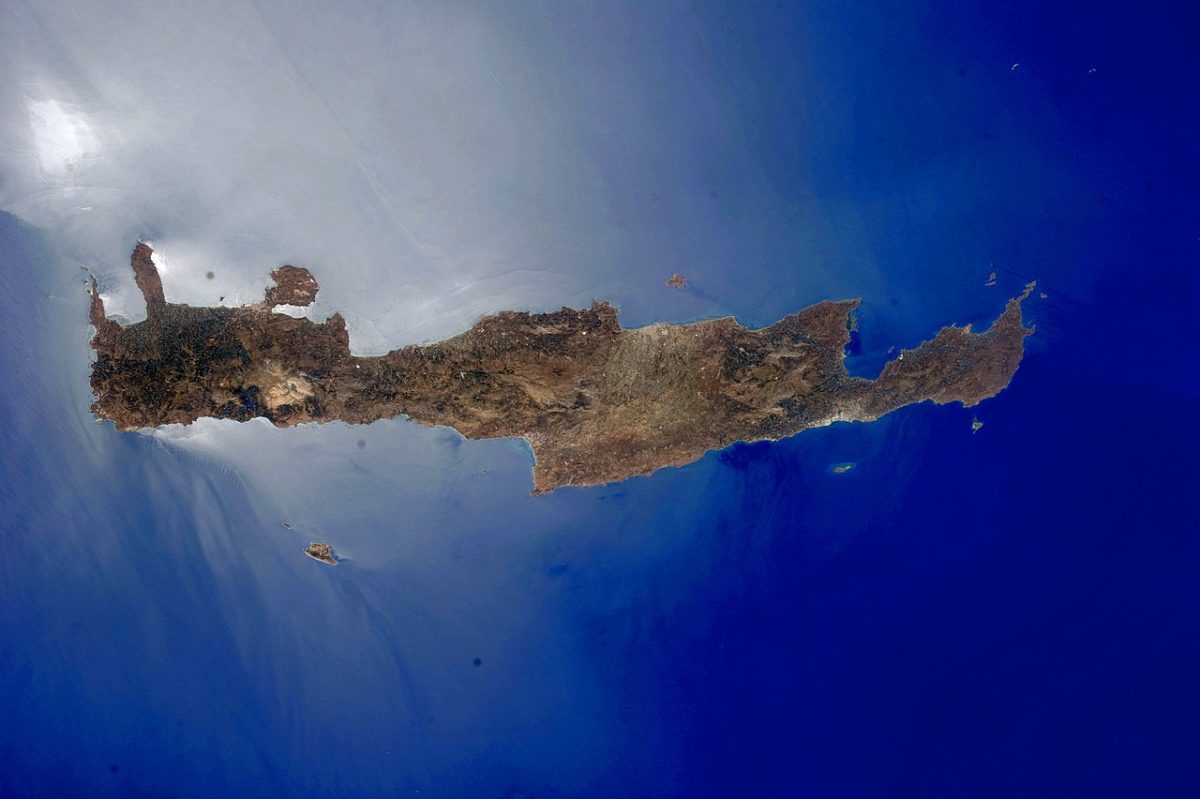Solar association the Hellenic Association of Photovoltaic Companies (Helapco) has published figures which show Greece completed 913 MW of new solar generation capacity last year.
The vast majority of the new projects consisted of solar arrays with a generation capacity of up to 500 kW but a sizable number of larger solar farms were also commissioned after being awarded contracts in national renewable energy tenders.
Until January, projects no larger than 500 kW were supported by feed-in tariffs (FITs) but such arrays now also have to compete in renewables tenders.
The prospect of that remuneration policy change drove a rush of applications for relatively small solar farms last year, as developers sought to secure fixed FIT payments rather than the premium tariffs paid to facilities tendered in the national procurement rounds, which are linked to the wholesale electricity price.
Despite the FITs rush for sub-500 kW solar projects, of the 913 MW of new PV added last year, only 459 MW were connected to the grid, according to Helapco. The remaining installations will be electrified this year.
The solar industry body’s Stelios Psomas explained the reasons for the shortfall. Under Greek law, Psomas told pv magazine, a PV project was previously awarded its FIT when connected to the grid. However, the national electricity distribution network operator was unable to process the rush of applications in a timely manner last year, and many installed projects faced the danger of not being able to secure a fixed tariff before the switch to top-up premium payments.
That risk was averted when the Greek government passed a law enabling solar developers to fill in a ‘readiness for connection’ declaration qualifying them for a feed-in tariff even if their facilities were not hooked up until this year. The declarations, rather than the grid connection date, now trigger the award of FITs. Psomas added, the distribution operator will check a random sample of readiness-for-connection declarations and will apply hefty penalties to any projects which have filed an incorrect installation date.
The near-1 GW of solar installed in 2020 returns the Greek solar market to the boom conditions seen just short of a decade ago.
Net metering
The nation's underwhelming net-metering regime, however, continued to disappoint last year, with Helapco reporting only 17 MW of net-metered systems were added, to take the total to 51 MW since the regulation was introduced in 2015.
Attempts have been made to improve the volume of net-metered solar installed but without any noticeable effect.
Nevertheless, Greece had installed 3.74 GW of photovoltaic capacity by the end of 2020, of which 3.28 GW is connected to the grid.
Linking Crete to the mainland
Meanwhile, the government has announced Crete, Greece’s biggest island, has been connected to the mainland electricity network.
A 174km subsea link, described as the world’s longest subsea AC cable, has been completed, said Greece's Ministry of the Environment and Energy on Thursday.
The new interconnection has a 2×200 mega volt amp (MVA) transport capacity and will undergo testing in the weeks ahead, said the ministry, before it goes into commercial operation.
The €397 million project was financed by domestic and European Union funds and also received loans from EU lender the European Investment Bank.
The interconnector will meet a third of Crete's electricity demand. A second, larger interconnector is also being built between Crete and the mainland and upon completion, in 2023, it is expected to save Greek electricity bill payers around €400 million per year from the savings made from reducing reliance on subsidized diesel generators.
Greece is trying to link its largest islands to the mainland grid while deploying mini-grids on smaller isles, such as Tilos.
Greece to phase coal out earlier
New interconnections, including with neighboring countries, are necessary for Greece to transition to a greener energy system.
Domestic interconnections, such as the subsea link between Crete and the Peloponnese, will help the nation develop renewables plants in its sunniest and windiest regions and transport the electricity generated to where it is needed. International interconnections will improve Greek energy security and boost the competitiveness of its energy market.
The country's power utility has recently announced plans to bring forward the national exit from coal, from 2028 to 2025. The remaining lignite plants will either be shuttered or converted to gas-fired facilities.
Having greenlit the faster exit from coal, the government is preparing energy storage regulation and planning new power interconnections.
A new electricity link between Greece and Bulgaria is under development and may be operational by 2023 and Greece also recently signed an agreement with Cyprus and Israel to work towards connecting their grids.
This copy was updated on 24/05/21 to include extra information.
This copy was updated on 17/02/22 to specify an estimated €400 million annual saving for electricity bill payers will happen only after Crete is fully connected to the mainland grid.
This content is protected by copyright and may not be reused. If you want to cooperate with us and would like to reuse some of our content, please contact: editors@pv-magazine.com.



Excellent plan for the future